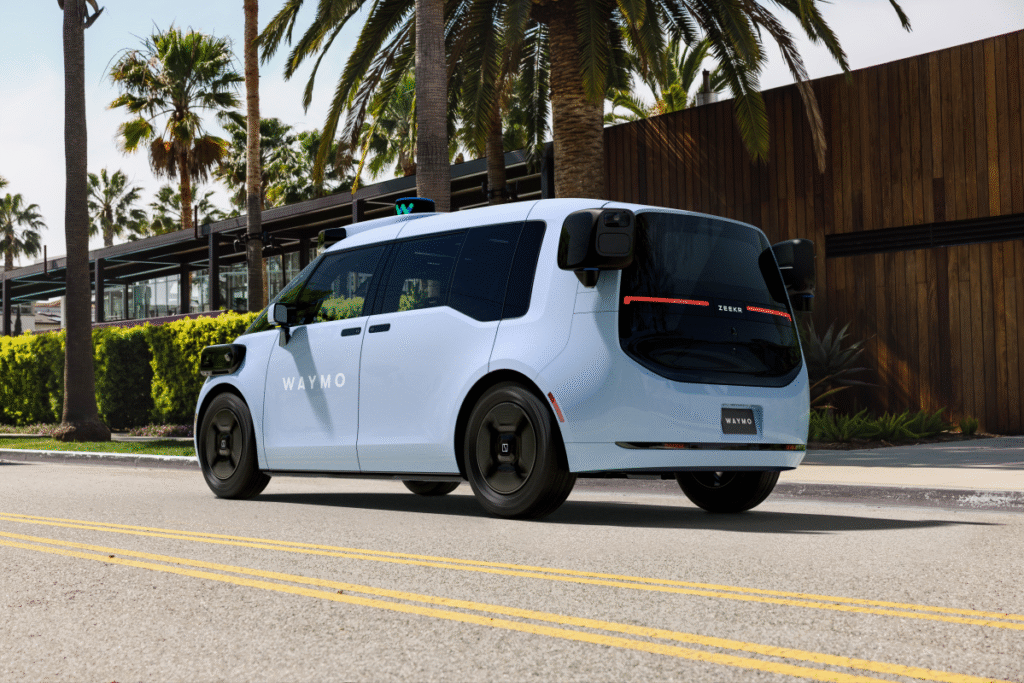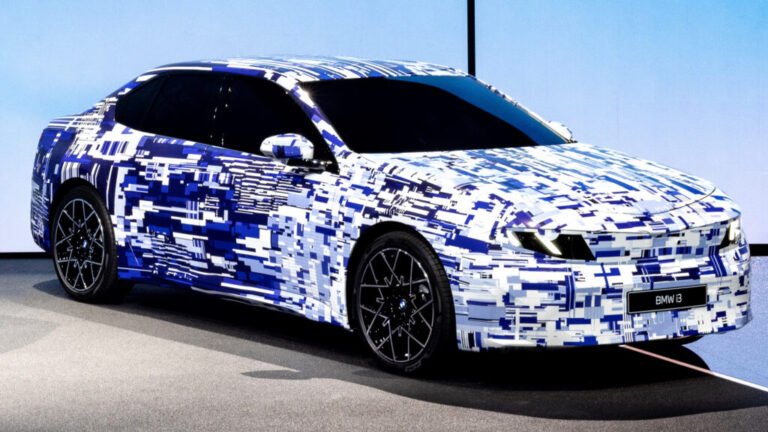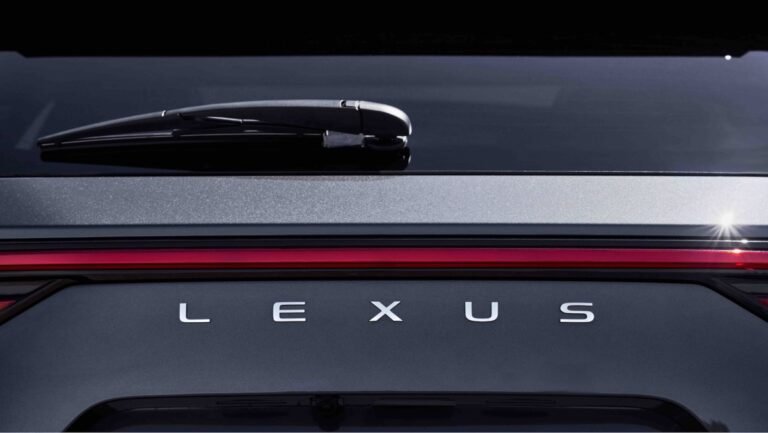
Federal Motor Vehicle Safety Standards are moving into the future
The Trump administration is making moves that would make it easier for autonomous vehicle technology companies like Waymo and Tesla to move ahead with their advanced robotaxi systems, removing some requirements that are centered around vehicles designed for human drivers.
In an announcement on September 4, US Department of Transportation Secretary Sean P. Duffy said he and the National Highway Traffic Safety Administration (NHTSA) plan to propose three new rules by the spring of 2026 that would be focused on modernizing Federal Motor Vehicle Safety Standards for vehicles with automated driving systems. Specifically, Duffy and the agency aim to relax mandates that would make it hard for cars without manual controls, as well as those without gear shift levers, defroster buttons, or specific lighting equipment, to take the roads.
“Federal Motor Vehicle Safety Standards were written for vehicles with human drivers and need to be updated for autonomous vehicles. Removing these requirements will reduce costs and enhance safety. NHTSA is committed to supporting the safe development of advanced technologies and advancing a new era of transportation,” NHTSA Chief Counsel Peter Simshauser said in a statement.
As part of the federal Spring Unified Agenda of Regulatory and Deregulatory Actions that will take effect in 2026, the NHTSA is proposing to remove or amend three rulemakings from the FMVSS and make it easier to address standards for vehicles controlled solely through automated driving systems (ADS). Specifically, the rulings are FMVSS No. 102, FMVSS No. 103, 104, and 108 which cover regulations regarding a variety of safety features that can be found and controlled by the driver in everyday passenger vehicles, including starter interlocks (No. 102), windshield defrosting and defogging systems (No. 103), windshield wipers and washers (No. 104) and “original and replacement lamps, reflective devices, and associated equipment” such as headlights and taillights (No. 108).
The agency argues that these changes will deliver on its Automated Vehicle Framework, which is part of U.S. Transportation Secretary Sean P. Duffy’s innovation agenda. They add that these standards “were written decades ago and fail to account for automated vehicles.”
“America must lead the way in transportation innovation. If we don’t, our adversaries will fill the void,” said Transportation Secretary Sean P. Duffy. “The rules of the road need to be updated to fit the realities of the 21st century. Our changes will eliminate redundant requirements and bring us closer to a single national standard that spurs innovation and prioritizes safety.”
These adjustments are tailored for the future autonomous people movers
Duffy’s announcement comes months after a letter sent to stakeholders in June, in which the NHTSA announced that it was changing its Automated Vehicle (AV) Framework to streamline the exemption process for the commercial deployment of self-driving vehicles without traditional controls like steering wheels or pedals.
Notably, the new changes would greatly benefit companies with significant robotaxi ambitions, including Tesla, whose future is heavily leveraged on launching the next generation of autonomous vehicles.Its future vehicles, like the sleek, scissor-doored Cybercab and locomotive-styled Robovan, are depicted in pictures without many of the human-centric controls that “normal” cars have.
Waymo
In November 2022, Google-backed robotaxi firm Waymo unveiled the Zeekr M, an MPV-like vehicle from the Geely brand, which it claims is a “passenger-first” autonomous vehicle. Notably, it lacks major human-operated controls, including a steering wheel, pedals, a handbrake, and exterior mirrors, among others.
According to a report from The Verge at the time, the designers behind the Zeekr noted that it was designed in a way to maximize passenger space while “efficiently packaging the sensor suites needed to create a fully autonomous vehicle.” In addition, they also noted that in order to make such a vehicle street legal, “Waymo would need to get a Federal Motor Vehicle Safety Standard exemption from the National Highway Traffic Safety Administration.”
Final Thoughts
Transportation Secretary Sean Duffy’s announcement solidifies that the Trump administration is serious regarding AV development, especially as he notes that if the country doesn’t update its red tape regulations, “our adversaries will fill the void.”
Although technology is meant to fill that void, I can’t help but feel that there is still a human factor to consider. While advancements in technology that allow cars to drive without a driver are impressive, I remain personally uncomfortable about riding in a car that drives itself, especially since you cannot command the steering wheel or pedals in the case of an emergency.
The thought of relying completely on an artificial system for my safety feels a bit unsettling, especially since I live in the unpredictable New York Metro Area, where fighting gridlock is an Olympic sport. It leaves me curious whether these cars are fully prepared to handle these streets for real.




